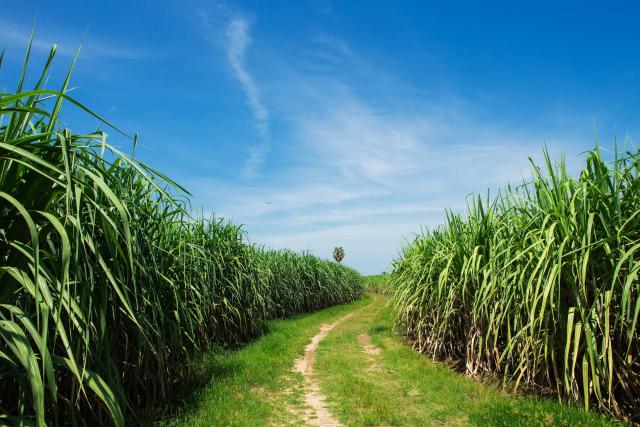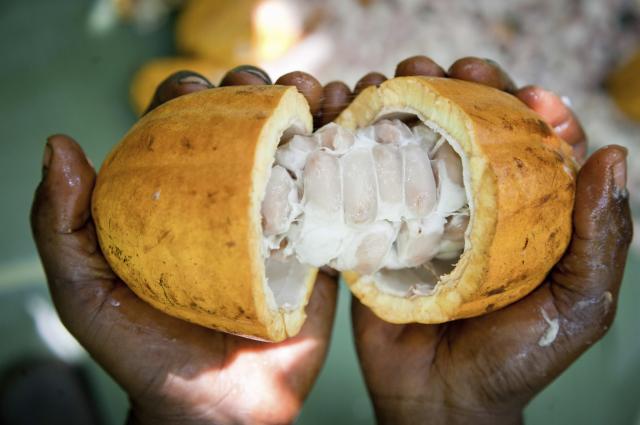Chocolate and holidays
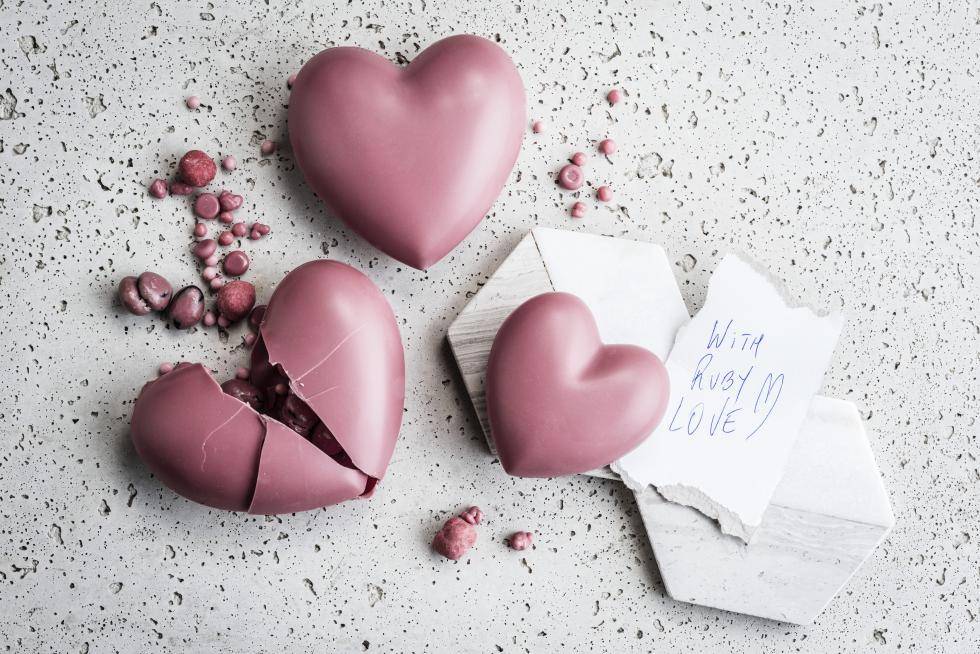
Chocolate and holidays
It’s a chocolate celebration
Valentine's Day
The link between Valentine’s Day and chocolate is probably the easiest to explain. The association between chocolate and love may go all the way back to the Aztecs. They believed chocolate was a source of spiritual wisdom, incredible energy and elevated sexual power. Chocolate was widely used as a nuptial aid and was served at wedding ceremonies. Today, we know more than ever about the mood-enhancing effects of chocolate.
Chocolate contains a natural, mood-modifying component – PEA, or phenethylamine – a substance that also increases in the brain when we fall in love. Eating chocolate actually produces similar brain chemistry to that of being in love. Chocolate is a true aphrodisiac by virtue of its smell, taste and feel. Just think of the joy of receiving a nicely wrapped box of chocolates. When it finally touches your lips, the chocolate starts to instantly melt, filling your mouth with exquisite pleasure. The taste and smell floods your senses with overwhelming ecstasy. No wonder chocolate is the gift of lovers.
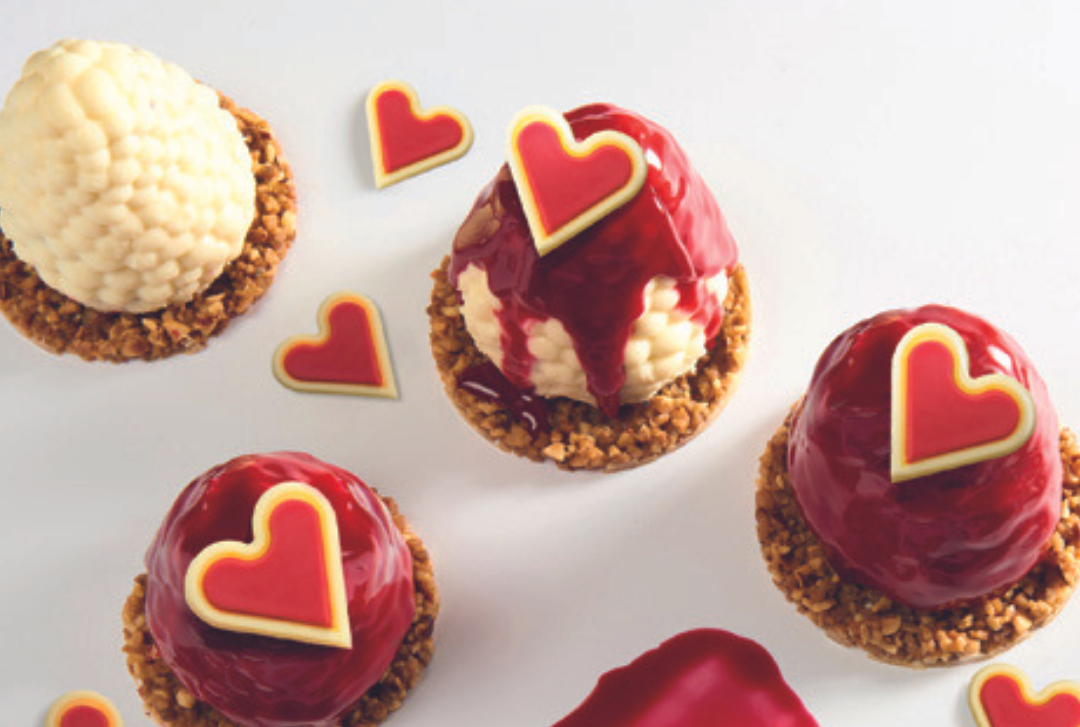
Easter
The story behind the Easter chocolate tradition goes back to the pagan belief that eggs represent fertility and rebirth. By the 1800s, Christians had adopted the symbol of the egg as part of the Easter festivities. So where did the chocolate version of the egg come in? It all started with hot cross buns, which were at one time banned by the Queen. In the 16th century, Queen Elizabeth I forbade these present-day delicacies due to their association with Catholicism. She did, however, allow them to be consumed at Easter time.
Hot cross buns were all the rage in Europe during the 1800s – they were especially popular in poor European countries. During this time, chocolatiers were trying to determine how best to market their wares. The buns were their greatest competitors! Chocolate makers wished to find a way into the hearts of both the low and high-classes. Germany and France were the first to introduce the solid chocolate Easter egg. It spread quickly throughout Europe and it did not take long for this chocolate lovers’ delight to spread to the rest of the western world. Once machines came into the equation, it became easier and more beneficial for the companies to hollow out their eggs. By the 1960s, the Easter egg was well recognized and had become quite customary.
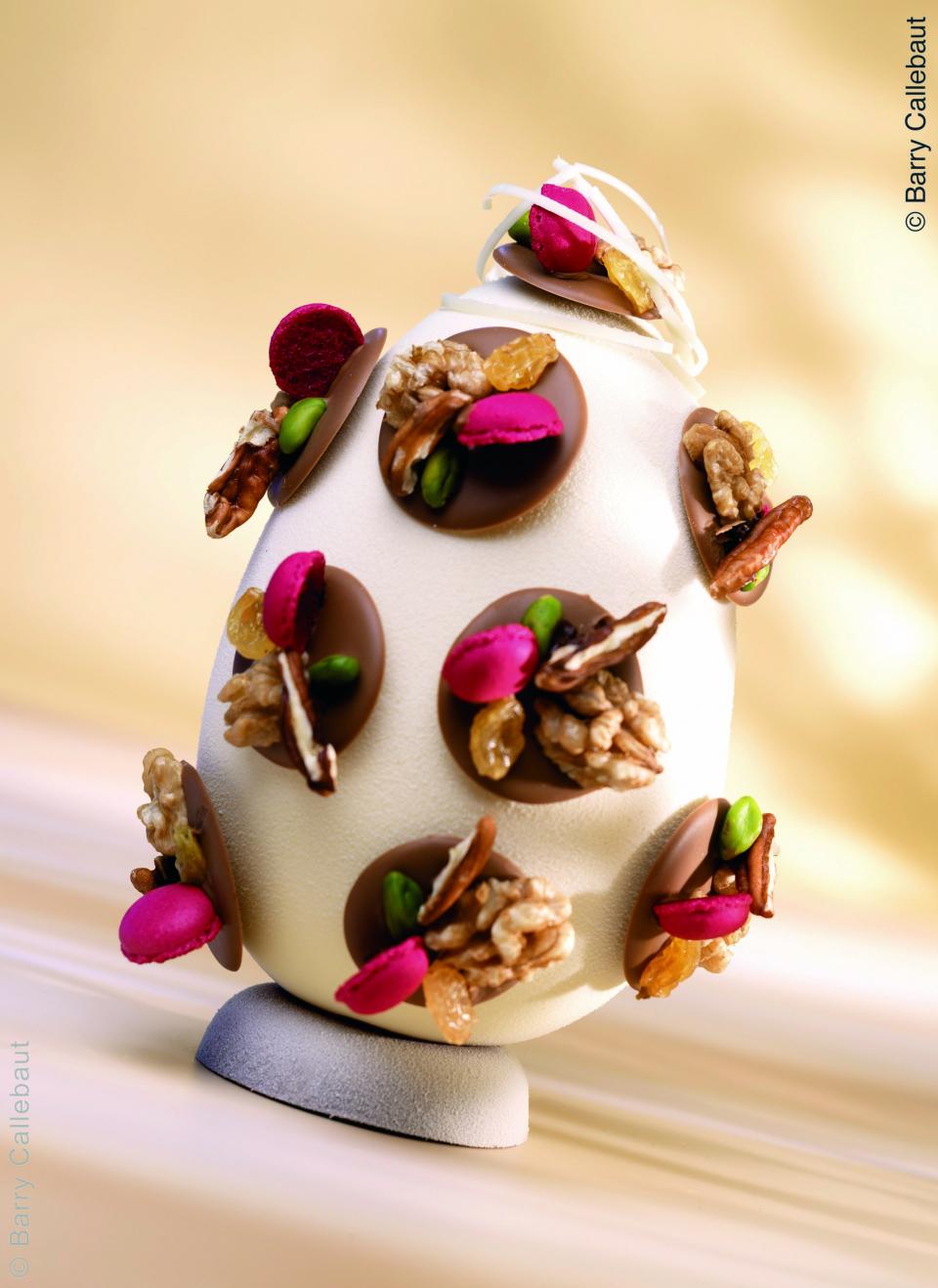
Halloween
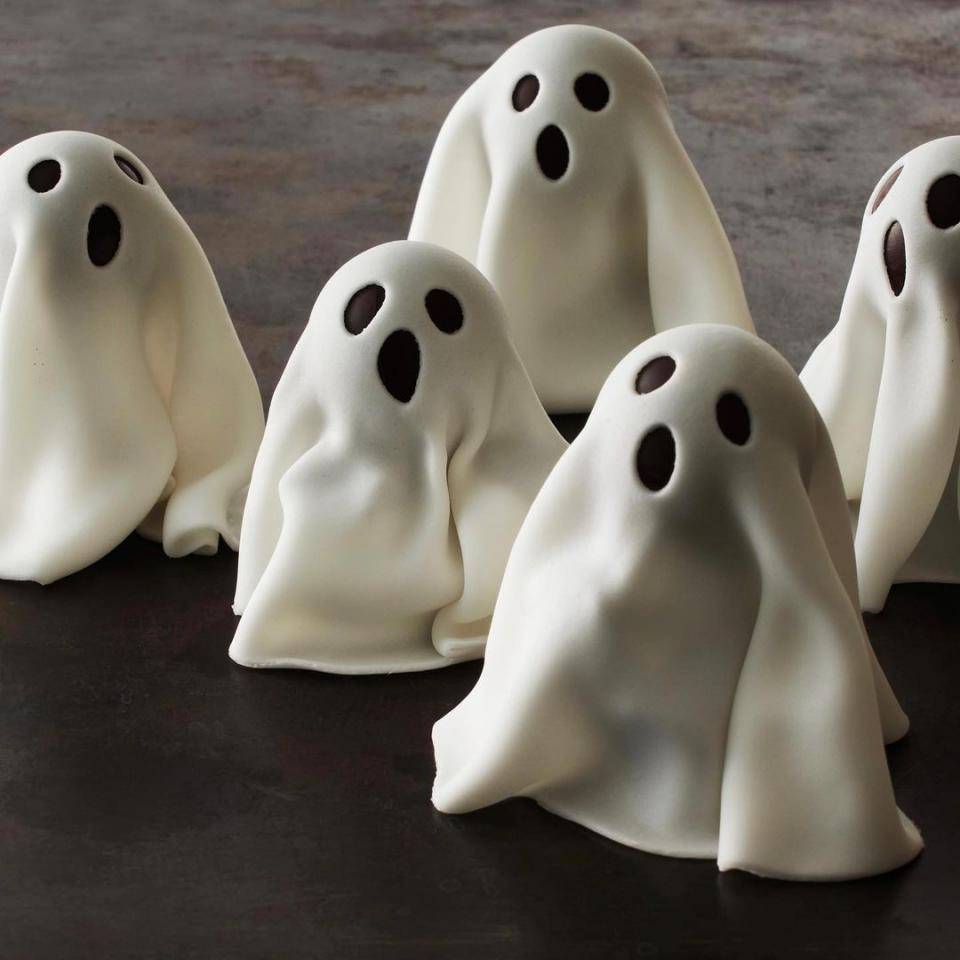
Halloween is celebrated on 31 October, the last day of the Celtic calendar. It was the day when the souls of the dead would roam the streets and villages at night. Since not all spirits were thought to be friendly, gifts and treats were left out to pacify the evil ones and to ensure that the next year’s crops would be plentiful. Mischievous children would dress up as spirits and steal the food from the doorsteps. Homeowners eventually figured out what was happening and stopped leaving food out, so the ever-resourceful kids simply knocked on the doors and begged for it, promising prayers for the dead in return. This custom evolved into trick-or-treating, and lucky children all over the world nowadays find wrapped chocolates in their bags of loot.
The Day of the Dead
The Mexican Día de los Muertos (Day of the Dead) celebrates the memories of those who have died. Its origins are distinctly Mexican. During the time of the Aztecs, a month-long summer celebration was overseen by the goddess Mictecacihuatl, the Lady of the Dead. After the Aztecs were conquered by Spain and Catholicism became the dominant religion, the custom became intertwined with the Christian commemoration of All Saints’ Day on 1 November. One of the most common customs is to build private altars containing favourite foods and beverages as well as photos and memorabilia. Mexicans today use chocolate as an offering on the Day of the Dead in the form of a spicy sauce called mole, made with chillies and chocolate.
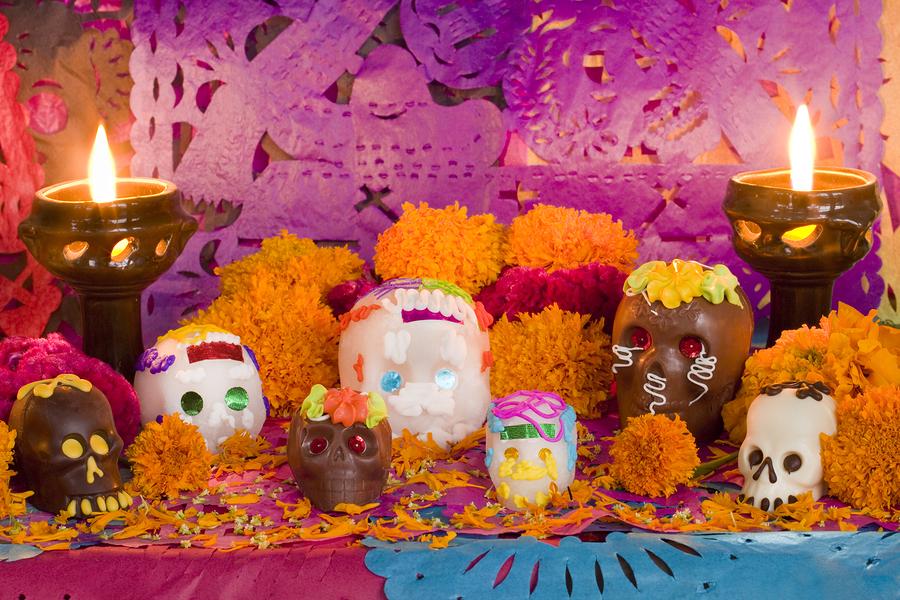
Hanukkah
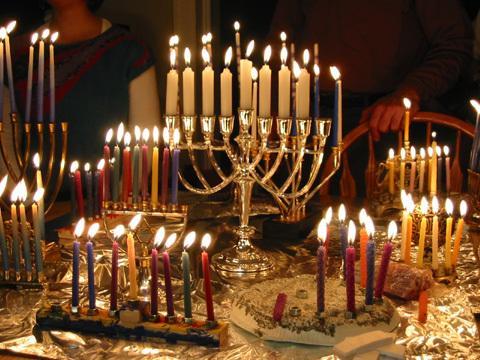
The Jewish Hanukkah means Festival of Lights and commemorates the liberation of the Holy Temple in Jerusalem. After recovering Jerusalem and the Temple from the Greeks, Judah ordered it to be cleansed. Olive oil was needed for the menorah – a seven-branched candelabrum – in the Temple, which was required to burn throughout the night every night. The story goes that there was only enough oil to burn for one day, yet it burned for eight. Jews believe that this was a miracle. To this day, Hanukkah commemorates this miracle. But giving light can also be interpreted as enlightening or educating. That’s how Hanukkah also became a time to celebrate the freedom that comes with education. To encourage children to study the Torah, they were given Hanukkah gelt (Yiddish for ‘money’). Twentieth-century chocolatiers picked up on the gift/coin concept by creating foil-wrapped chocolate coins.
Diwali
Diwali is one of the longest Hindu religious festivals, spanning five days in the Hindu month of Karthika (late October/early November). It marks both a new moon and a new year and honours Lakshmi, the goddess of wealth and good fortune. Everything in India comes to a standstill except family life, feasting and shopping for clothes and gifts. Celebrants light five traditional clay oil lamps commemorating the triumph of good over evil. Gifts of sweets are exchanged with neighbors and friends.
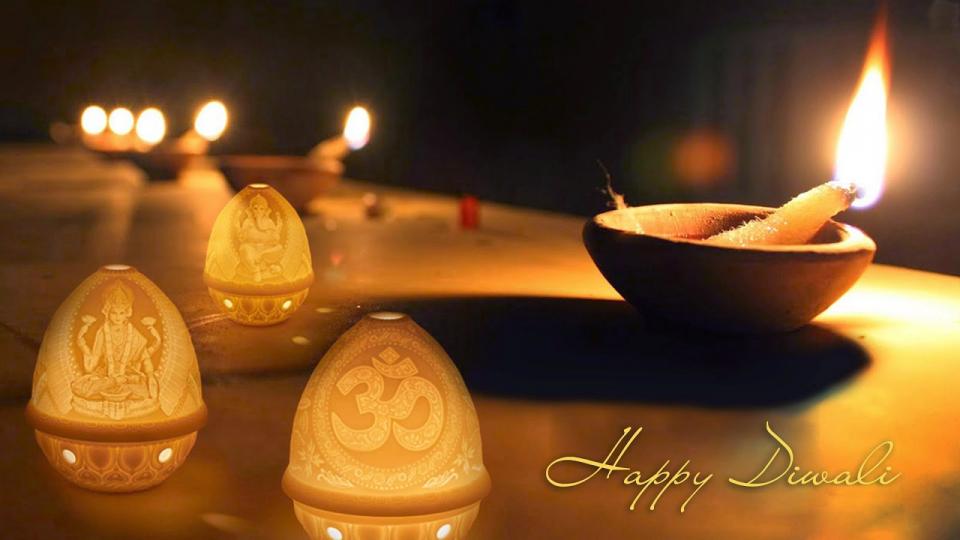
Christmas
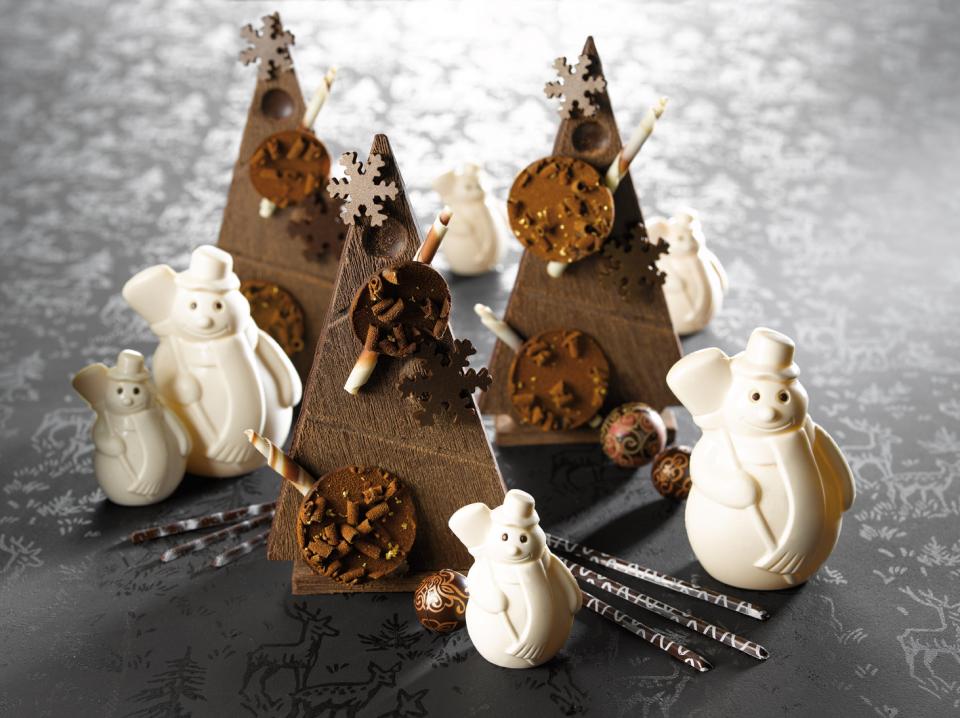
Those who celebrate Christmas often count down to the holiday with an advent calendar, a daily reminder that Christmas is coming. The Advent officially begins on the fourth Sunday before Christmas, but many start counting down from 1 December. In the past, some families simply drew a chalk line on the door or lit a new candle each day. Today, most advent calendars are made for children. They take the form of a large, rectangular cardboard box with 24 windows. The windows open to reveal small chocolate items. Christmas and chocolate are linked in other ways too. After all, isn’t a cup of steaming hot chocolate the best way to warm up carollers and create holiday cheer?
